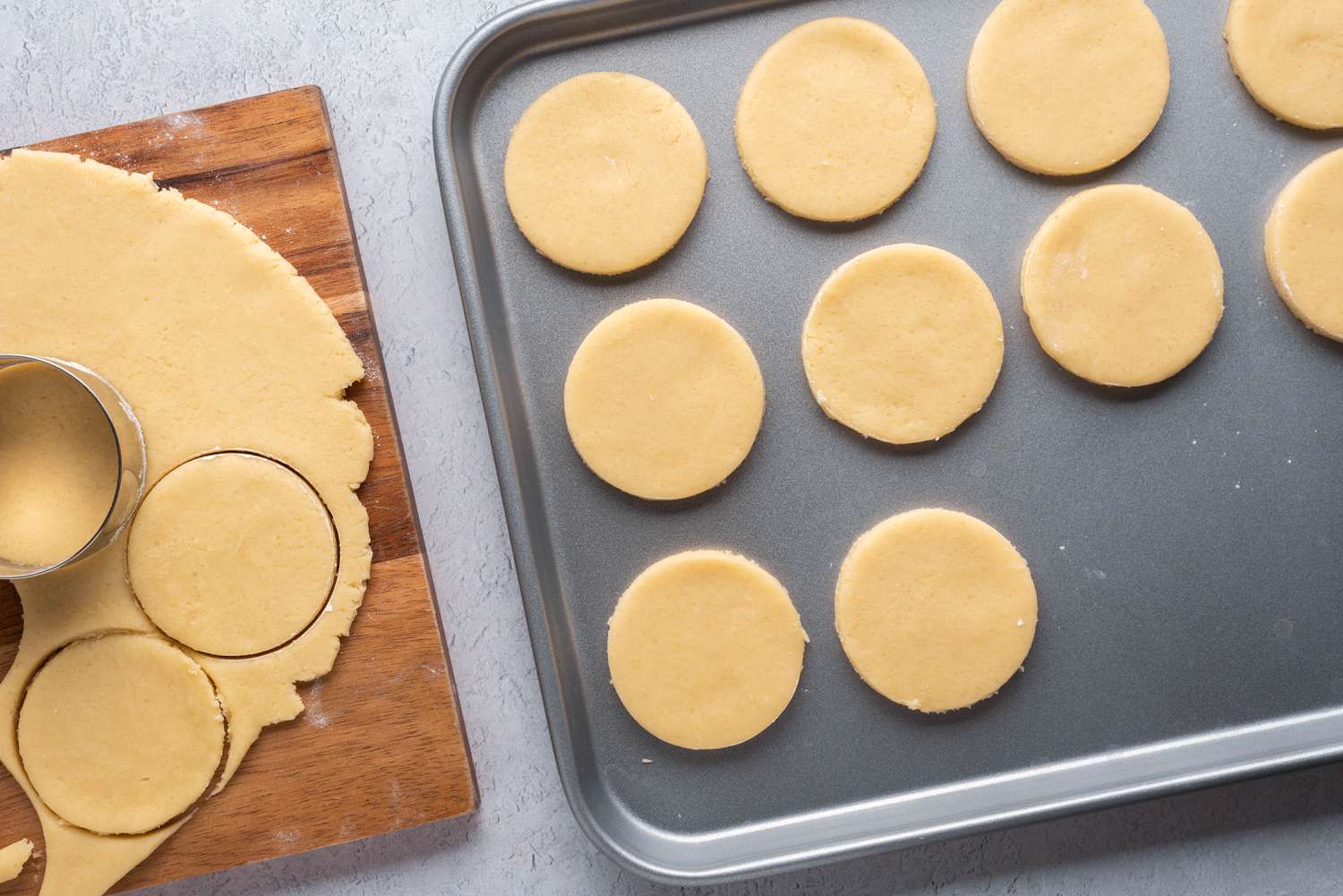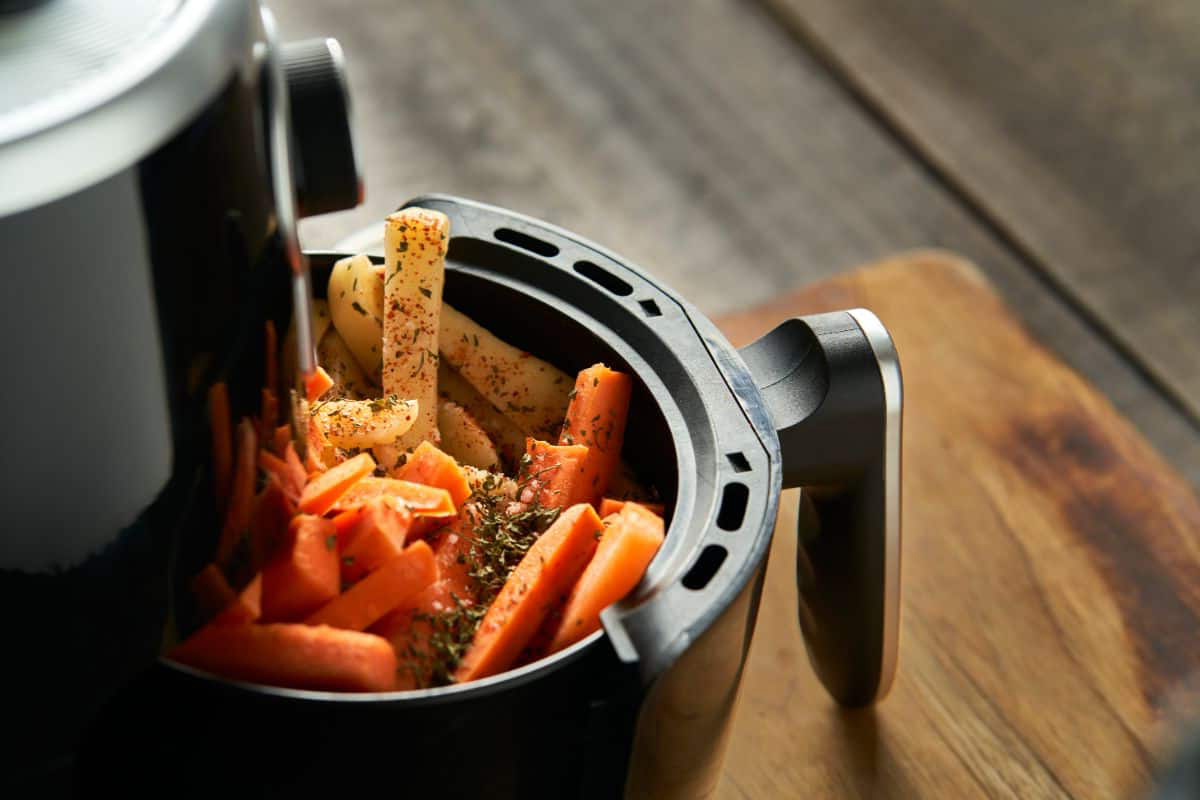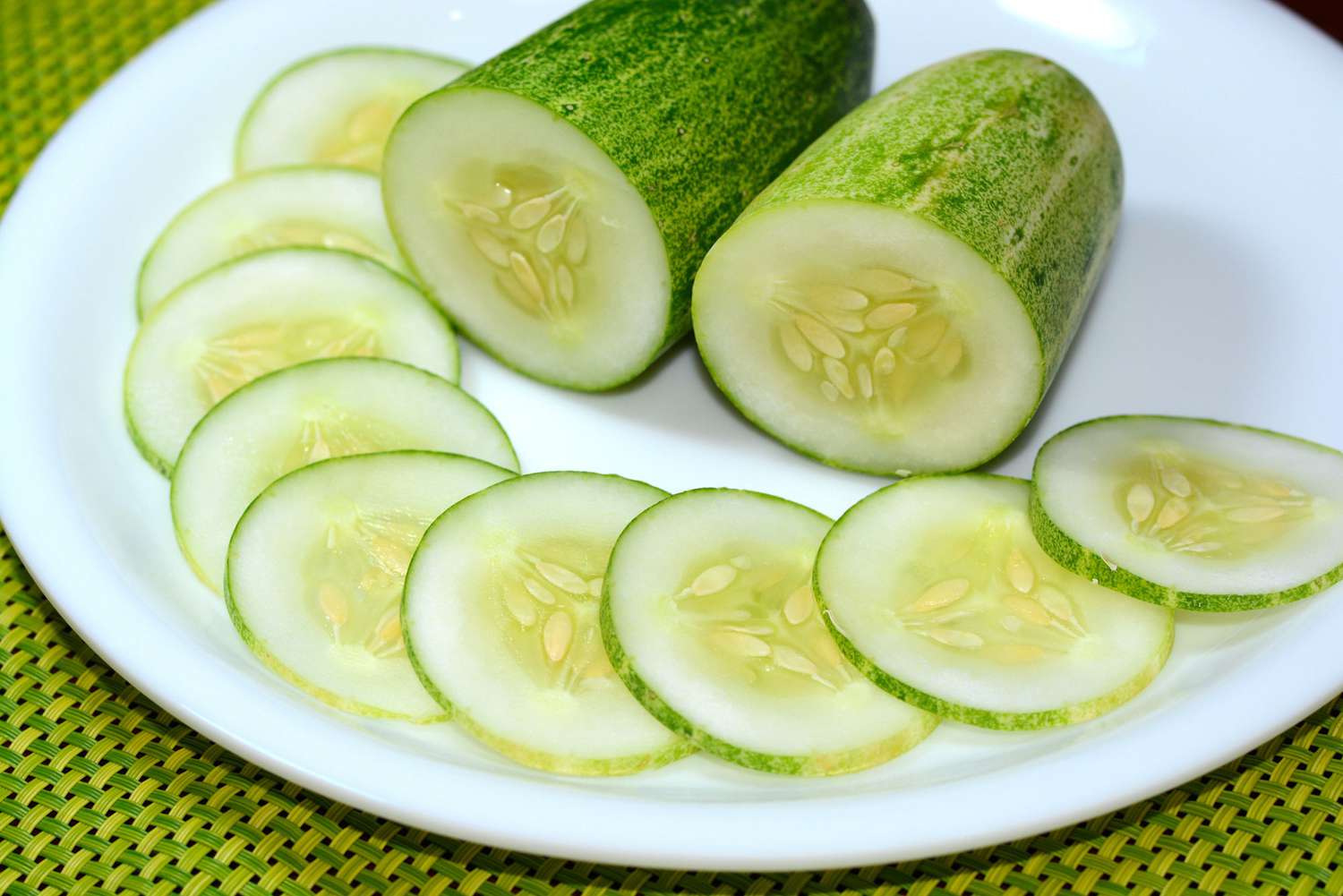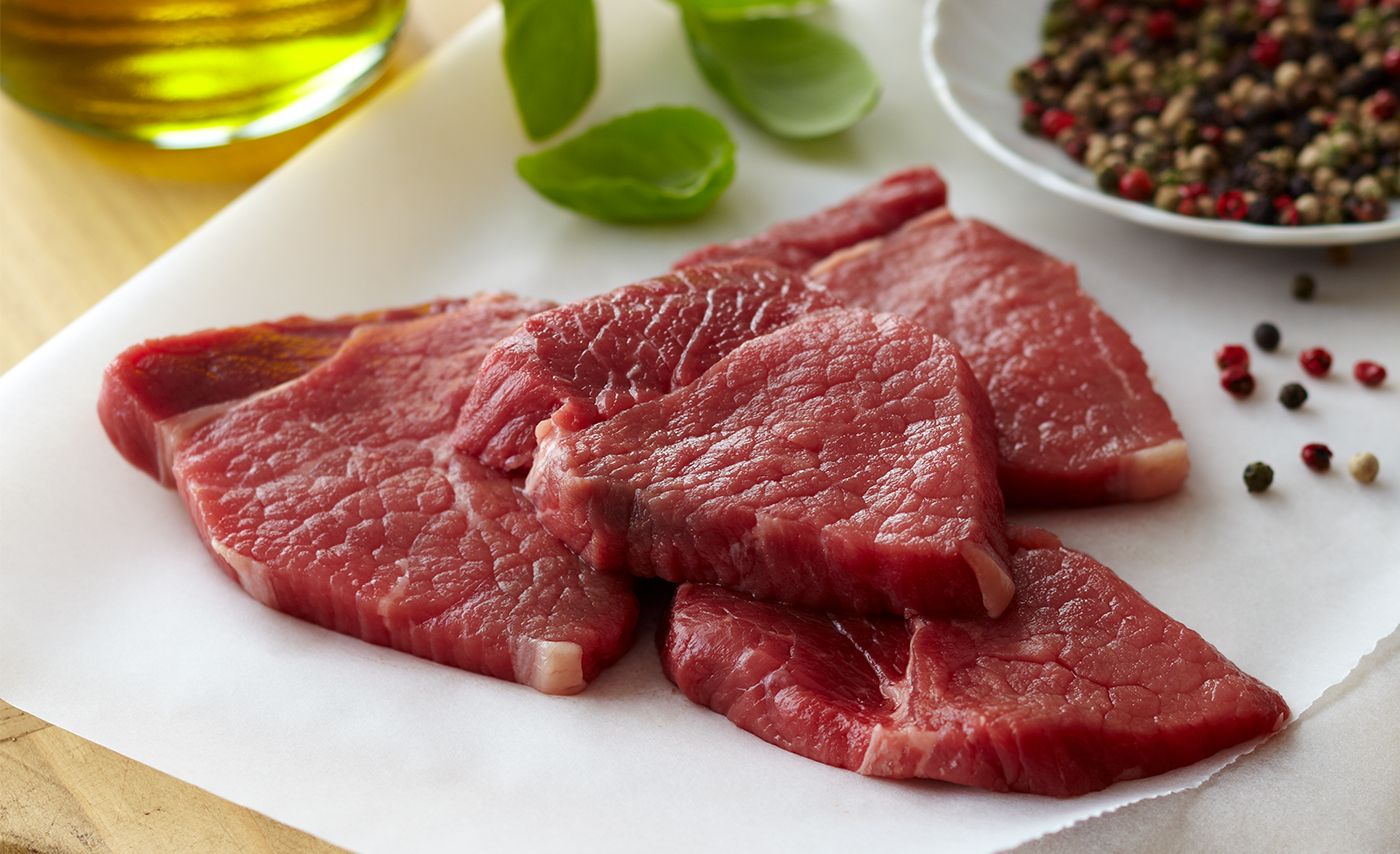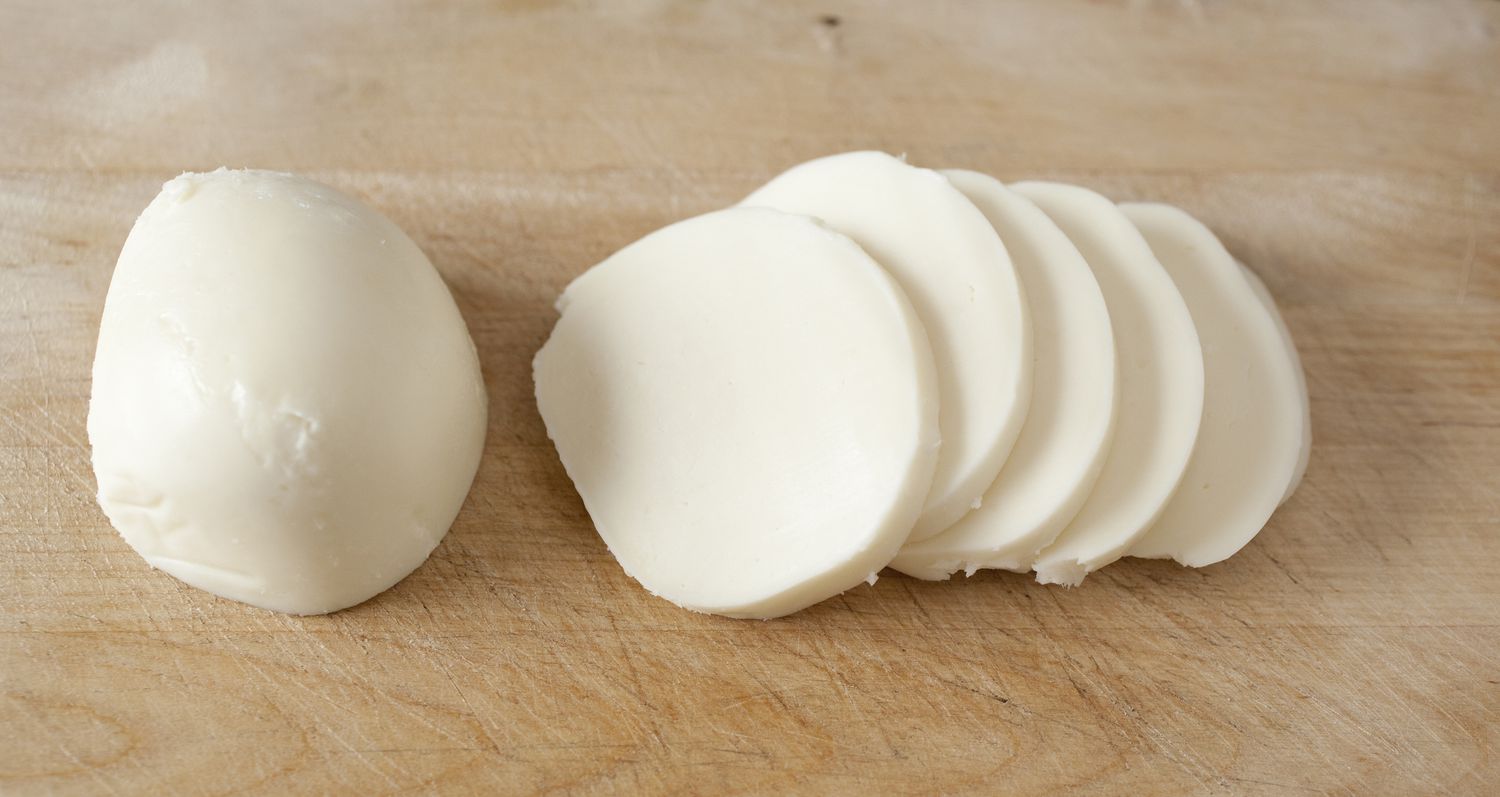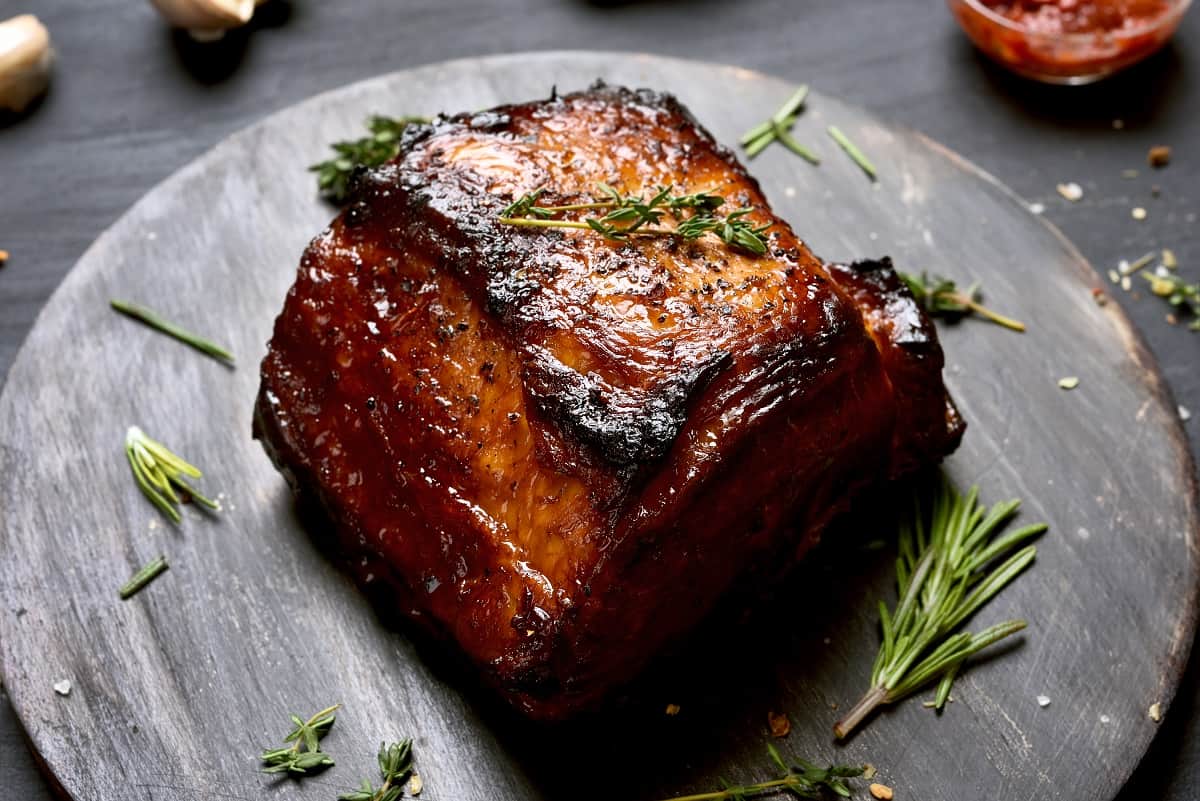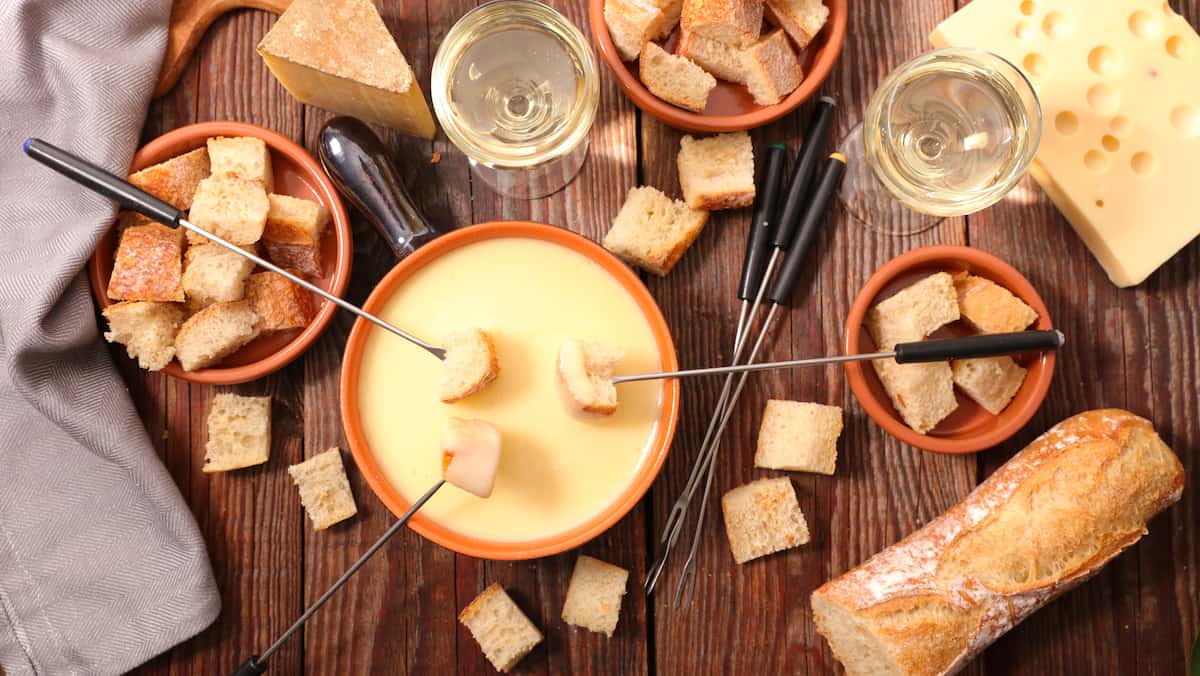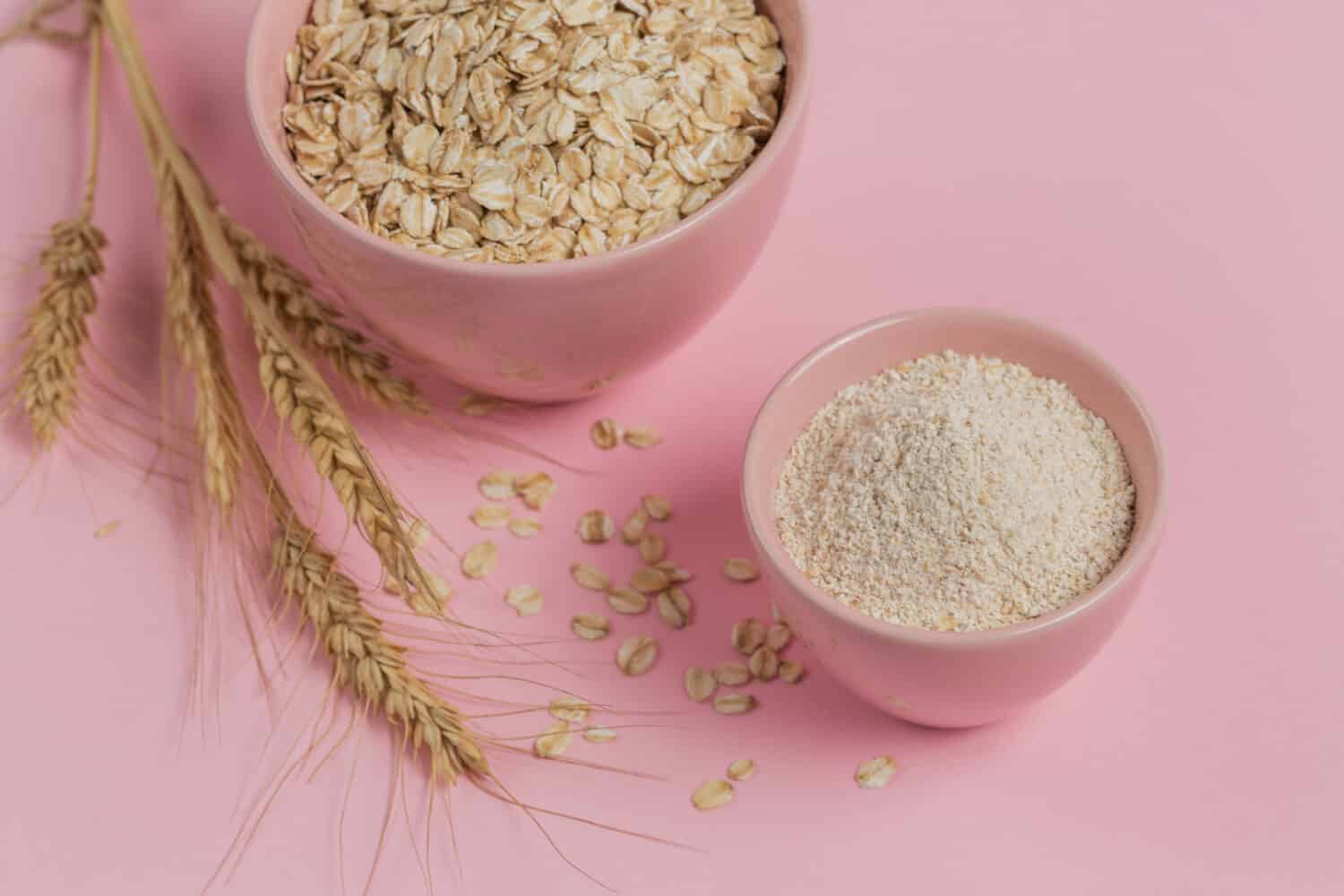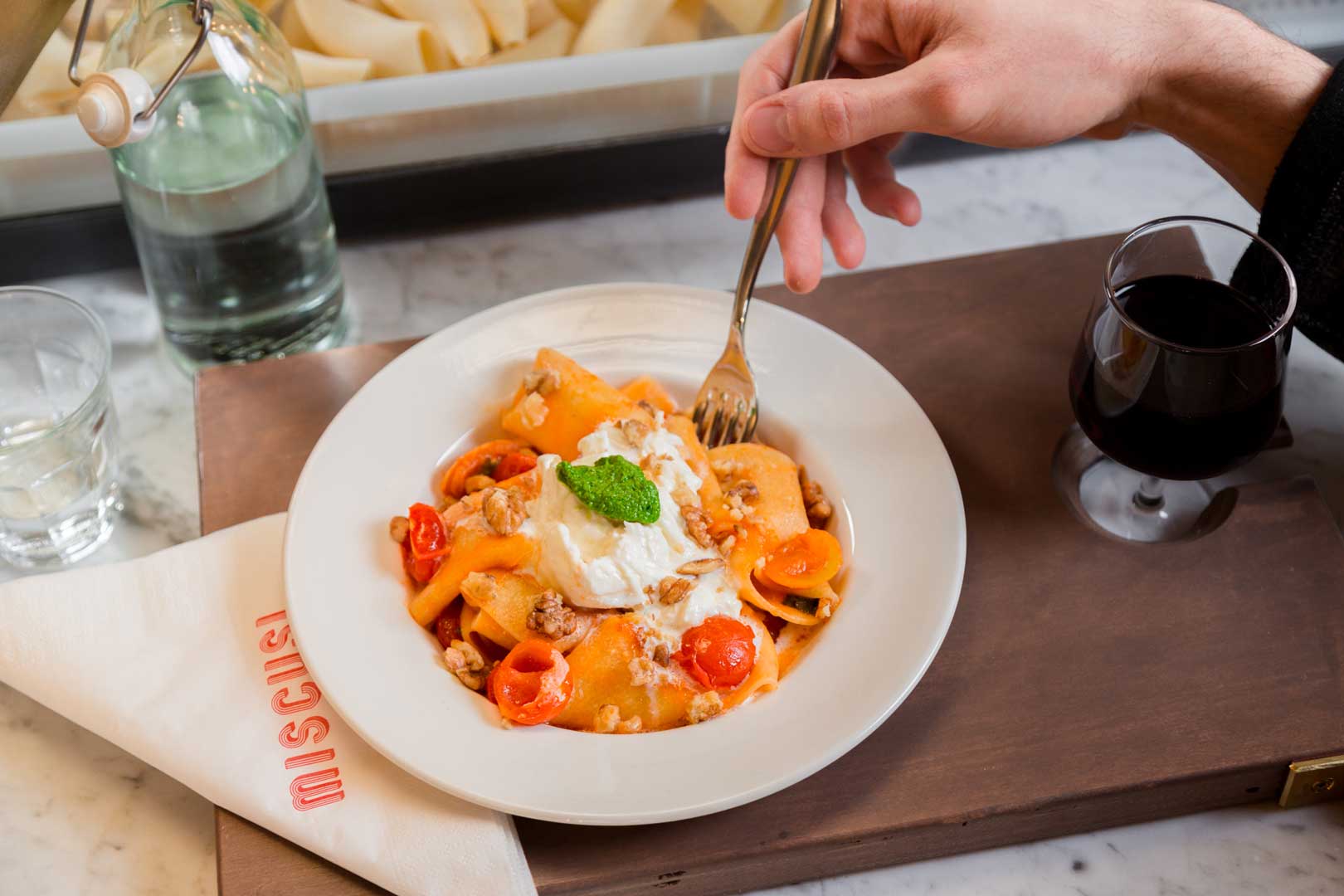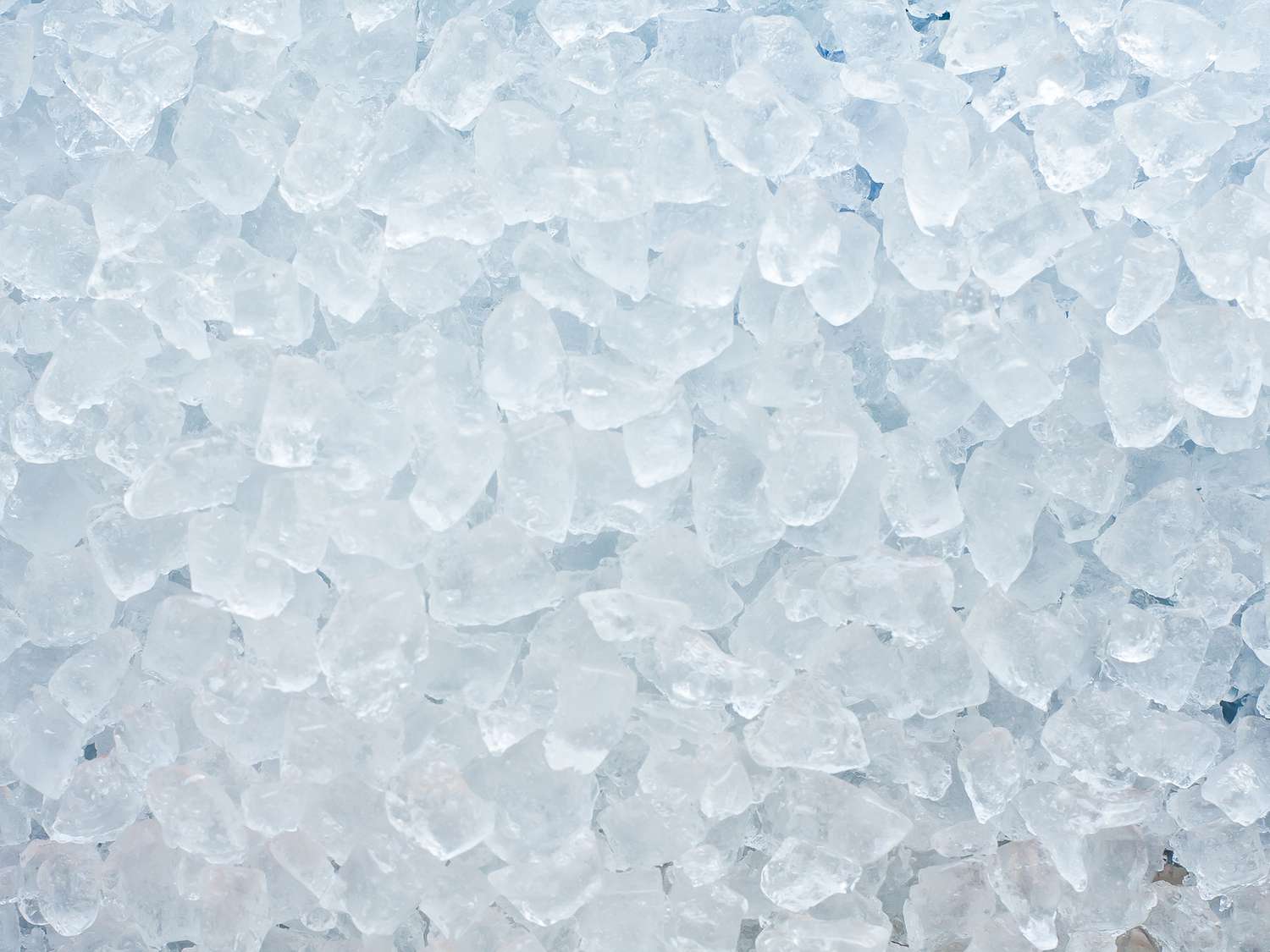Discovering the Delightful World of Matzo Cake Meal
Matzo cake meal is a unique ingredient that holds a special place in the world of Jewish cuisine. Derived from matzo, a traditional unleavened bread, matzo cake meal is a versatile and flavorful addition to a wide range of dishes. Whether you’re familiar with this ingredient or just discovering it for the first time, there’s much to learn about its origins, uses, and culinary significance.
What is Matzo Cake Meal?
Matzo cake meal is a finely ground flour made from matzo, a type of unleavened bread that is central to the Jewish holiday of Passover. Matzo itself is made from just flour and water, and it is baked quickly to prevent any rising. Matzo cake meal is created by grinding matzo into a fine, powdery consistency, resulting in a texture similar to traditional flour but with a unique flavor profile.
Uses in Cooking
Matzo cake meal is a staple ingredient in Passover cooking, as it is unleavened and therefore permissible for consumption during the holiday. It is commonly used to make a variety of dishes, including matzo balls, cakes, cookies, and other baked goods. Its fine texture and mild flavor make it a versatile ingredient that can be used in both sweet and savory recipes.
Benefits of Matzo Cake Meal
One of the key benefits of using matzo cake meal in cooking is its ability to add a rich, nutty flavor to dishes. It also provides a unique texture that can enhance the overall mouthfeel of baked goods. Additionally, matzo cake meal is gluten-free, making it a suitable option for individuals with gluten sensitivities or dietary restrictions.
Where to Find Matzo Cake Meal
Matzo cake meal can typically be found in the kosher or specialty foods section of grocery stores, especially around the time of Passover. It may also be available for purchase online through various retailers. When shopping for matzo cake meal, be sure to check the expiration date to ensure freshness.
Recipes Featuring Matzo Cake Meal
There are countless delicious recipes that showcase the unique flavor and texture of matzo cake meal. Here are a few popular dishes that incorporate this versatile ingredient:
- Matzo ball soup
- Chocolate almond torte
- Matzo meal pancakes
- Matzo meal crusted chicken
Conclusion
Matzo cake meal is a cherished ingredient in Jewish cuisine, offering a distinctive flavor and texture that can elevate a wide range of dishes. Whether you’re preparing for Passover or simply looking to expand your culinary horizons, consider incorporating matzo cake meal into your cooking repertoire for a delicious and meaningful culinary experience.
Was this page helpful?
Read Next: What Is Peri Peri Seasoning
